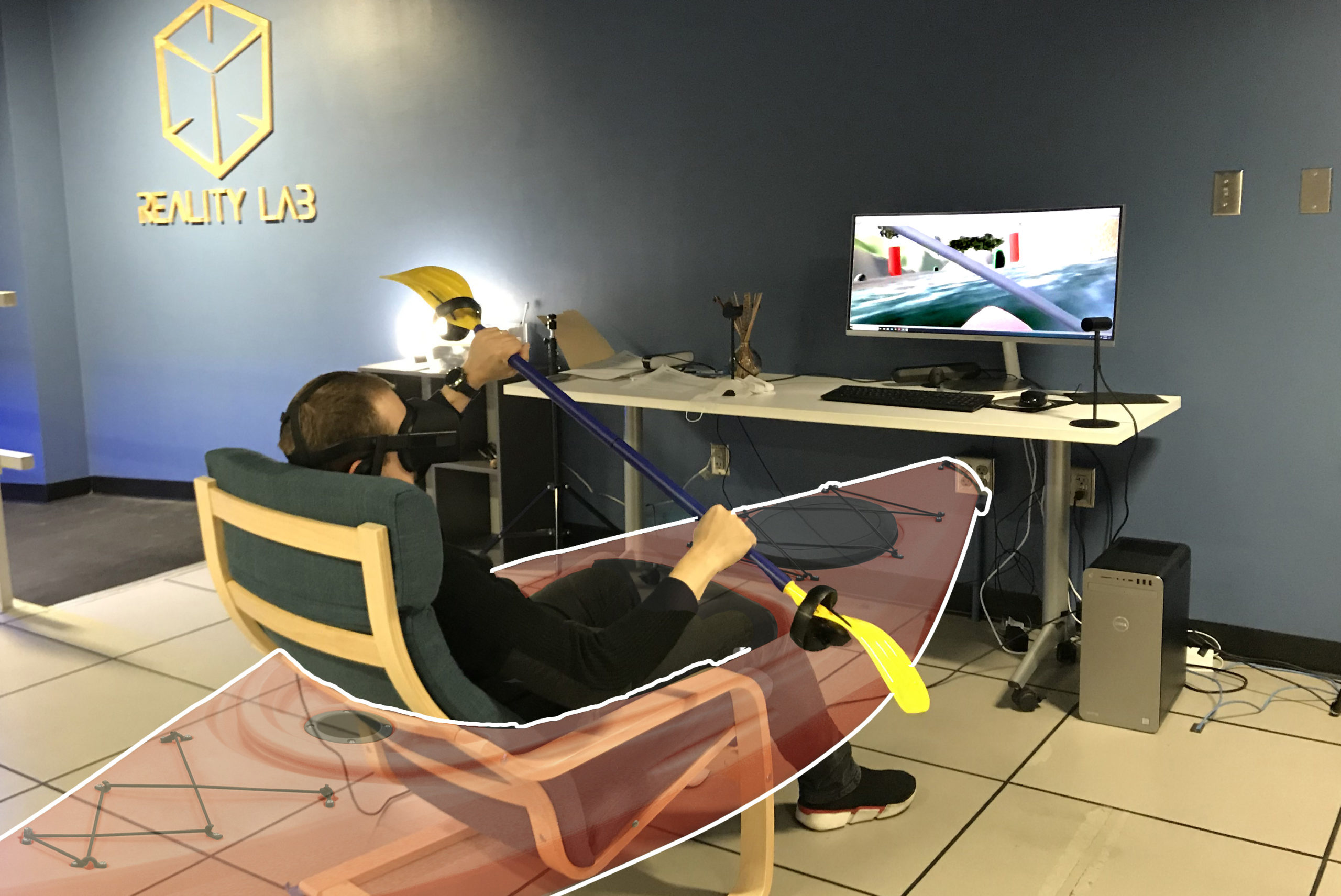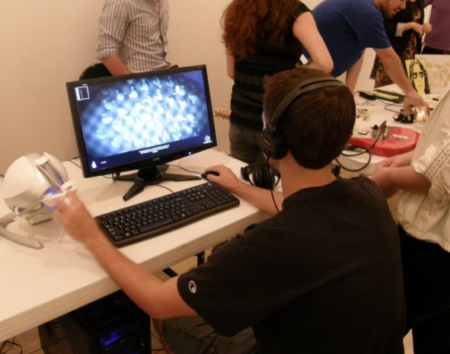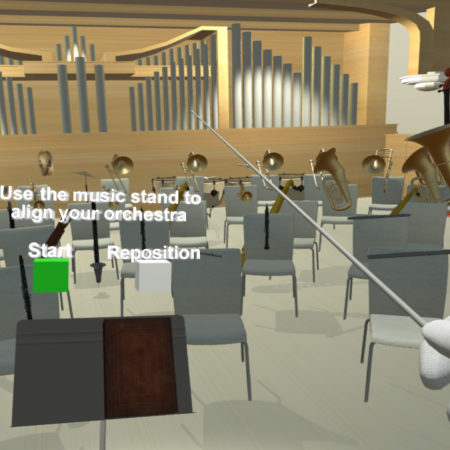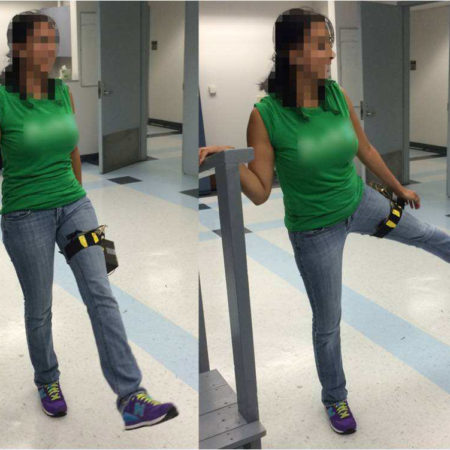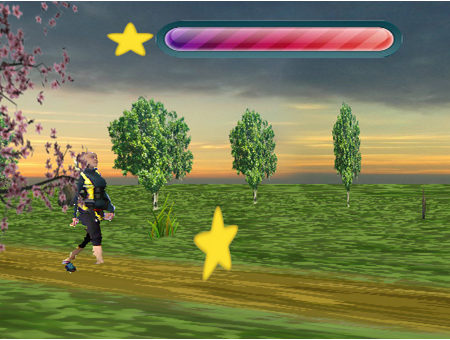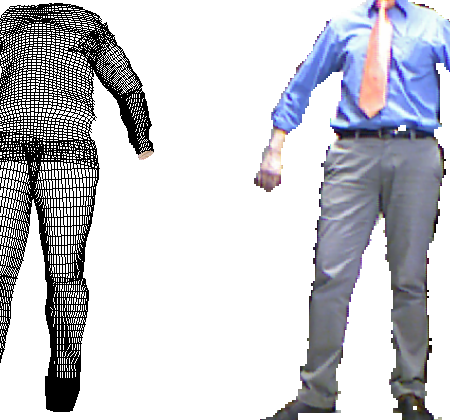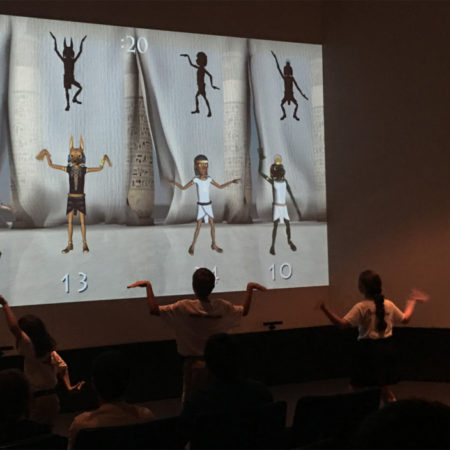Virtual Kayaking: A study on the effect of low-cost passive haptics on the user experience while exercising
Proceedings of the 2020 HCI International Conference C. Stephanidis and M. Antona (Eds.), Communications in Computer and Information Science series (CCIS), vol. 1225, July 19-24, 2020, pp. 147-155. https://doi.org/10.1007/978-3-030-50729-9_20
Description
This paper presents the results of a pilot study that assesses the effect of passive haptics on the user experience in virtual reality simulations of recreation and sports activities. A virtual reality kayaking environment with realistic physics simulation and water rendering was developed that allowed users to steer the kayak using natural motions. Within this environment the users experienced two different ways of paddling using: a) a pair of typical virtual reality controllers, and b) one custom-made “smart paddle” that provided the passive haptic feedback of a real paddle. The results of this pilot study indicate that the users learned faster how to steer the kayak using the paddle, which they found to be more intuitive to use and more appropriate for this application. The results also demonstrated an increase in the perceived level of enjoyment and realism of the virtual experience.
Kayaking is an outdoor activity that can be enjoyed with easy motions and with minimal skill, and can be performed on equal terms by both people who are physically able and those with disabilities [1]. For this reason, it is an ideal exercise for physical therapy and its efficacy as a rehabilitation tool has been demonstrated in several studies [1-6]. Kayaking simulations offer a minimal-risk environment, which, in addition to rehabilitation, can be used in training and recreational applications [5]. The mechanics of boat simulation in general have been well-studied and led to the design of high-fidelity simulation systems in the past decades [3,7]. These simulators immerse the users by rendering a virtual environment on a projector [1,4,6] or a computer screen that is mounted on the simulator system [2,8]. Furthermore, the users can control the simulation by imitating kayaking motions using remote controls equipped with accelerometers (such as Wii controllers) [5] or by performing the same motions in front of a kinesthetic sensor (such as Kinect sensors) [4,6].
The recent advances in virtual reality technologies and in particular the availability of head mounted displays as self-contained low-cost consumer devices led to the development of highly immersive virtual experiences compared to the conventional virtual reality experiences with wall projectors and computer displays. Kayaking simulations have been published as commercial game titles in these virtual reality platforms [13]. However, the use of head mounted displays in intensive physical therapy exercises bears the risk of serious injuries due to the lack of user contact with the real environment. These risks could potentially be reduced if the users maintained continuous contact with the surrounding objects such as the simulator hardware, the paddle(s), and the floor of the room, with the use of passive haptics. Additionally, the overall user experience can be improved through sensory-rich interaction with the key components of the simulated environment.
This paper assesses the role of passive haptics in virtual kayaking applications. Passive haptics can be implemented in virtual reality systems by tracking objects of interest in real-time and aligning them with identically shaped virtual objects, which results in a sensory-rich experience [9,10]. This alignment between real and virtual objects allows users to hold and feel the main objects of interaction including hand-held objects, tables, walls, and various tools [11,12].
In this paper we present a novel virtual reality kayaking application with passive haptic feedback on the key objects of interaction, namely the paddle and the kayak seat. These objects are being tracked in real-time with commercially available tracking sensors that are firmly attached to them. Although the users’ real-world view is occluded by the head-mounted display, the users can see the virtual representation of these objects and naturally feel, hold, and interact with them. Subsequently, the users can perform natural maneuvers during the virtual kayaking experience by interacting with our “smart” paddle using the same range of motions as in real kayaking.
The proposed system was assessed with a pilot user study (n=10) that tested the following hypotheses: a) The use of passive haptics helps users learn kayaking faster and operate the simulation better compared to the conventional controller-based interaction. b) The use of passive haptics improves the level of immersion while kayaking in virtual reality.
The study was undertaken at the Realities Lab of the Digital Worlds Institute at the University of Florida. The volunteers who participated in this experiment were randomly assigned to the study and the control group and experienced the proposed virtual kayaking system with and without the use of passive haptics respectively. The data collection was performed with pre- and post-test surveys. In addition, the progress of each individual user during kayaking was recorded and the collected timestamps were analyzed.
The results from this study are presented in detail and indicate that the use of passive haptics in this application has a statistically significant impact on the user experience and affects their enjoyment, learning progress, as well as the perceived level of realism of the virtual reality simulation.
Additional information
| Author | Barmpoutis, Angelos, Faris, Randi, Garcia, Samantha, Li, Jingyao, Philoctete, Joshua, Puthusseril, Jason, Wood, Liam, Zhang, Menghan |
|---|---|
| Journal | Proceedings of the 2020 HCI International Conference C. Stephanidis and M. Antona (Eds.), Communications in Computer and Information Science series (CCIS) |
| Volume | 1225 |
| Month | July 19-24 |
| Year | 2020 |
| Pages | 147-155 |
| DOI |
Citation
Citation
BibTex
@article{digitalWorlds:35,
doi = {https://doi.org/10.1007/978-3-030-50729-9_20},
author = {Barmpoutis, Angelos and Faris, Randi and Garcia, Samantha and Li, Jingyao and Philoctete, Joshua and Puthusseril, Jason and Wood, Liam and Zhang, Menghan},
title = {Virtual Kayaking: A study on the effect of low-cost passive haptics on the user experience while exercising},
journal = {Proceedings of the 2020 HCI International Conference C. Stephanidis and M. Antona (Eds.), Communications in Computer and Information Science series (CCIS)},
month = {July 19-24},
volume = {1225},
year = {2020},
pages = {147-155}
} 